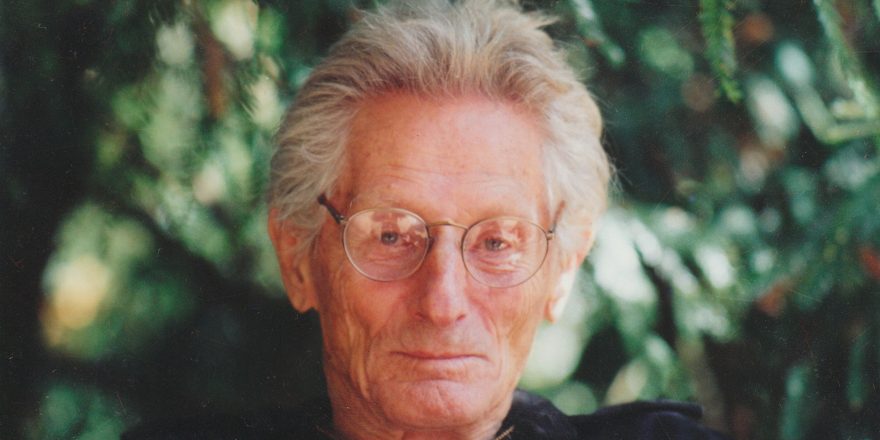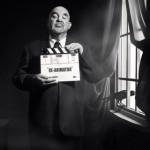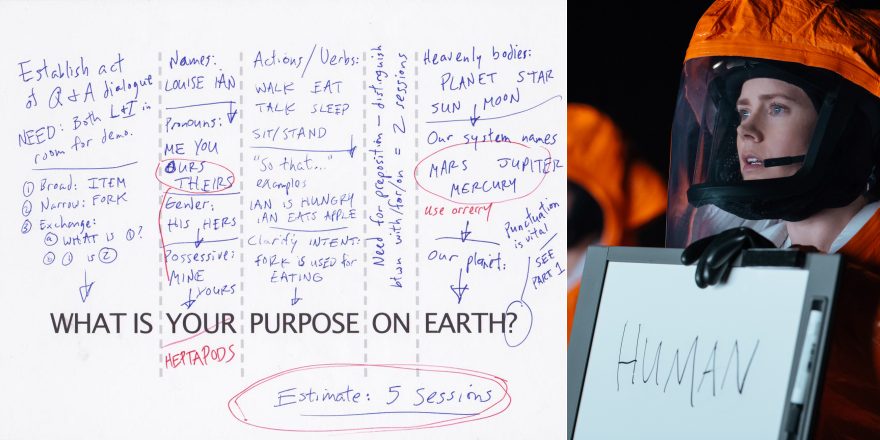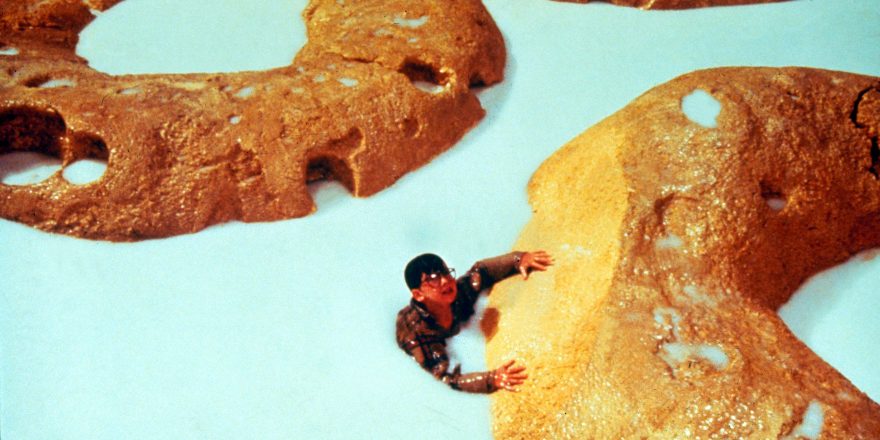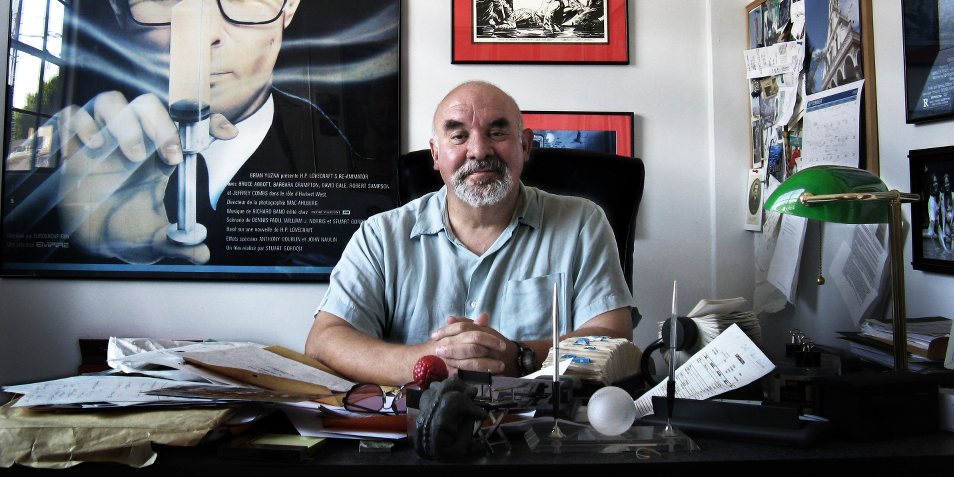After watching director Denis Villeneuve’s trippy Arrival, a science-fiction film about man’s first direct encounter with alien life forms, I was left with a bad case of déjà vu. Although the storyline has strong similarities to The Day the Earth Stood Still, the protagonist, a linguistics professor played by Amy Adams, reminded me of a very real scientist who conducted similar language experiments in the 1950s: John C. Lilly, M.D.
He had been hired by NASA to explore ways to translate an alien language in order to communicate with extraterrestrials if they should ever visit us. Clearly unable to find any actual visitors from other planets, Lilly decided to attempt interspecies communication instead. In his search for an intelligent animal, he concentrated on large-brain creatures and first explored the idea of using elephants as the subjects for his experiments. But the enormous size and potential danger of working with these powerful creatures rendered the idea impractical.
In his search for a more manageable animal, he discovered that the bottlenosed dolphin has an even larger brain-to-body ratio than an elephant, and so he built a laboratory in Hawaii that had ocean-accessible tanks, allowing him to closely study these highly intelligent creatures. He soon discovered that it was far easier to teach the dolphins our language than to attempt to learn theirs, which was a mixture of squeals and clicking sounds.
The military soon became interested in his studies and against Lilly’s wishes began exploring the ideas of transforming these intelligent mammals into weapons, strapping explosive mines to them with the idea of destroying enemy submarines, killing the dolphins as collateral damage. Lilly ultimately shut down his experiments rather than aid these militaristic goals. And realizing that what he was doing in his laboratory was similar to the concentration camp atrocities performed by the demented Dr. Josef Mengele, Lilly freed his captive dolphins.
After writing about his experiments in his first book, Communication Between Man and Dolphin, his story was turned into the 1973 film Day of the Dolphin, starring George C. Scott and directed by Mike Nichols. And so Lilly’s groundbreaking work became well known to the public. This would have been more than most scientists ever dreamt about, but Dr. Lilly was on a roll.
He had discovered how friendly and happy dolphins were. Now the playful animals could voluntarily enter and exit his laboratory whenever they wanted and he and his assistants established lasting friendships with them. In fact Margaret Lovatt, a beautiful young assistant, even flooded her home and had a love affair with Peter, a dolphin. Lilly hypothesized that dolphins could teach us many things, like how to live in outer space without gravity. He also speculated that they were capable of a form of telepathy that was the key to understanding extraterrestrial communication (an idea also featured prominently in Arrival). Dr. Lilly also believed that dolphins could teach us their most important secret: how to live a happy life.
When I explained the idea for my Honey sequel, Dr. Lilly immediately broke into laughter. “That’s ridiculous,” He told me.In an effort to experience the world as a dolphin, Lilly developed warm salt-water tanks in which he could float weightlessly for hours in pitch-black darkness. He named them “sensory deprivation tanks” and enhanced his experiences by ingesting LSD and/or ketamine. These bizarre experiments were brilliantly brought to the silver screen in 1980’s Altered States, starring William Hurt and directed by Ken Russell.
In the 1990s, I was working at Disney Studios on a second sequel to Honey, I Shrunk the Kids. The story I was developing involved mad scientist Wayne Szalinski inventing a helmet that could translate animal language into English. He tries it out on Quark, the family dog, only to have a short-circuit cause them to switch brains: Wayne now behaved as a dog and the canine was suddenly able to talk.
Learning that Dr. Lilly was now living in nearby Malibu, I contacted him and through a secretary set up a lunch meeting at The Ivy, a trendy restaurant in Santa Monica. Lilly showed up accompanied by three of his four “adopted daughters.” They were young, beautiful women in their twenties. Lilly (in his seventies) arrived at the restaurant wearing his pajamas.
The maître d’, without blinking, escorted him and his party to the table. This being La La Land, he had probably seen much weirder lunch groups. Lilly, a small man with a shaved head, explained he had discovered it was much simpler to adopt these striking young women than to marry them. His first and most famous adopted daughter was Lisa Lyon, a Playboy model and pioneering bodybuilder.
When I explained the idea for my Honey sequel, Dr. Lilly immediately broke into laughter. “That’s ridiculous,” he told me.
I was a bit disappointed, but we chatted amiably during the lunch and as it was wrapping up he invited me to join him at his home for a few hours in one of his sensory deprivation tanks. “We can drop ketamine,” he explained. “The effects only last a few hours.”
I demurred. “I really need to get back to my office,” I told him. He looked disappointed. To this day, I deeply regret that I turned down this once in a lifetime opportunity.
Lilly passed away on September 30, 2001, and his ashes were scattered from a boat filled with friends and family into the Pacific Ocean while a pod of frolicking dolphins happily accompanied the mourners. But like all true legends, John C. Lilly is not about to let a little thing like death slow him down.
The amazing Dr. Lilly has inspired his third movie.


